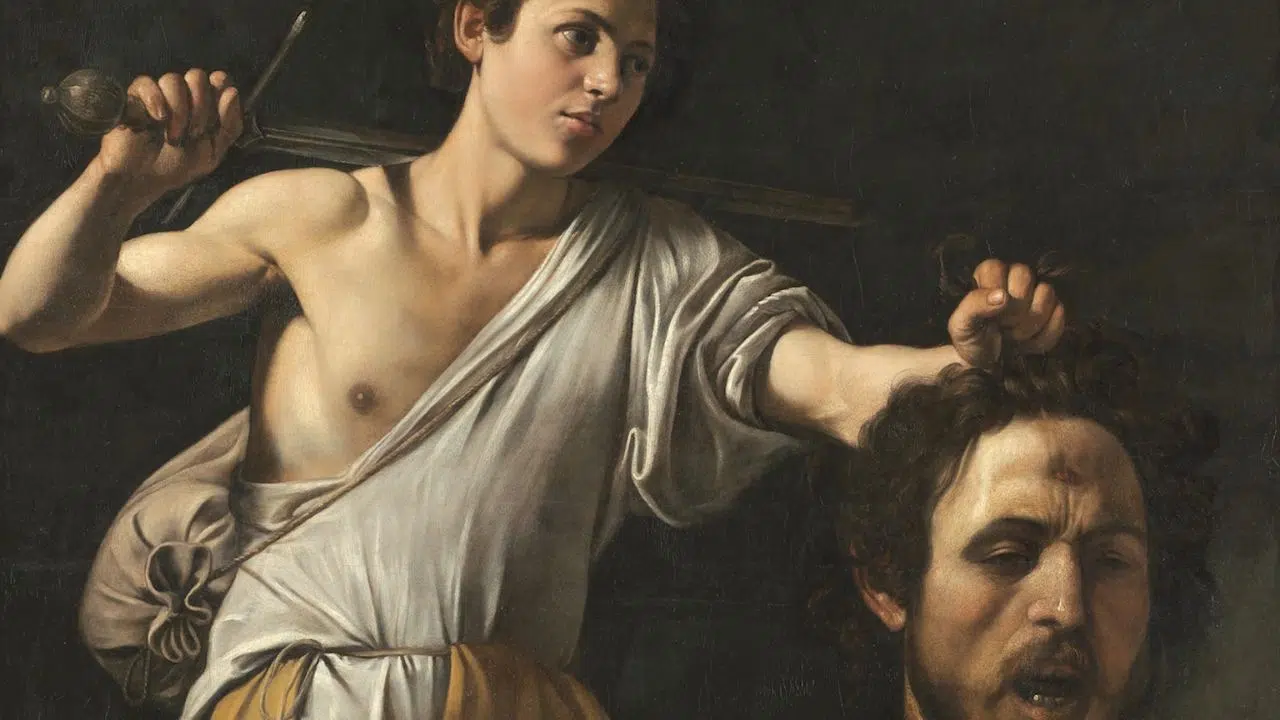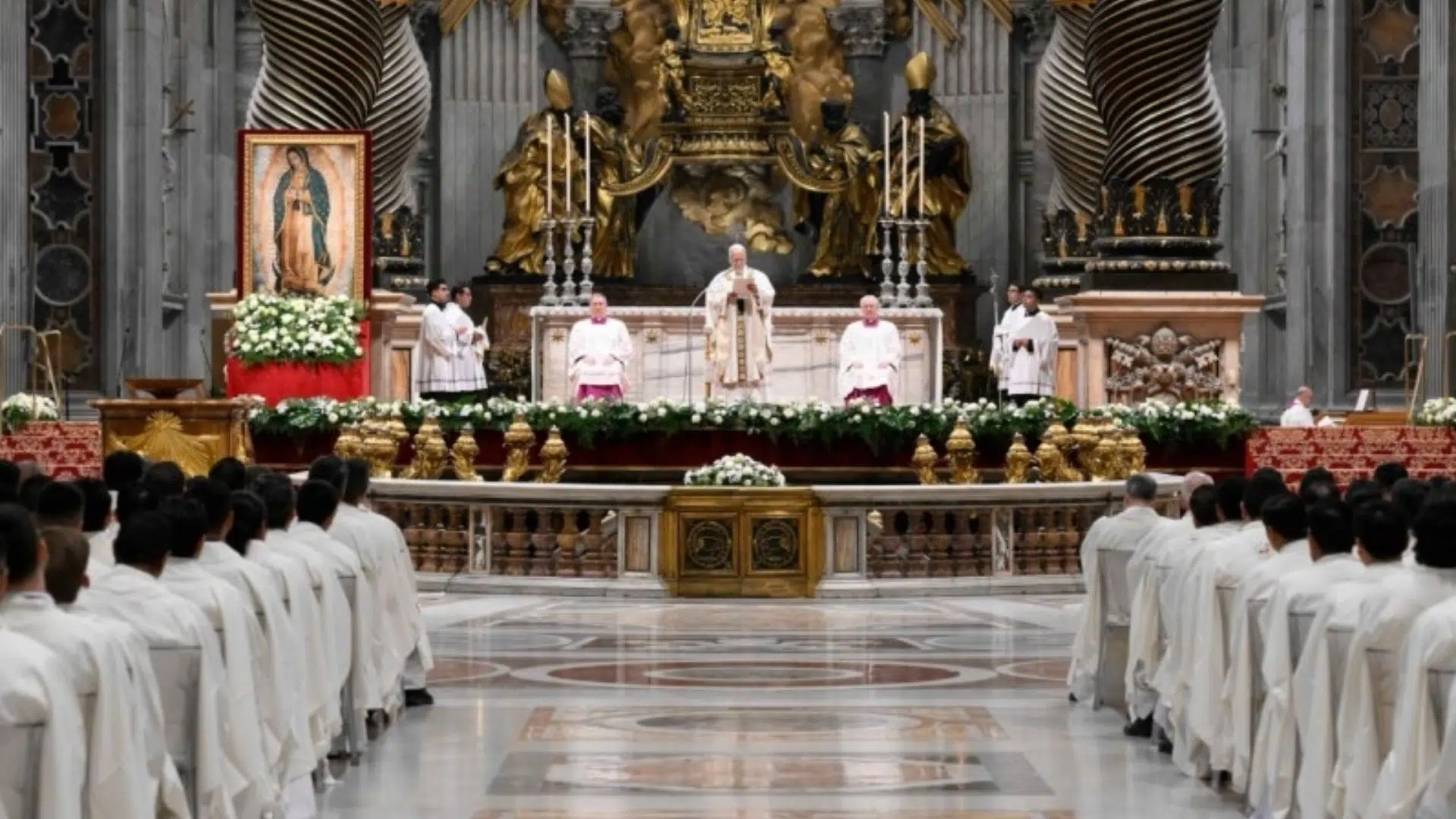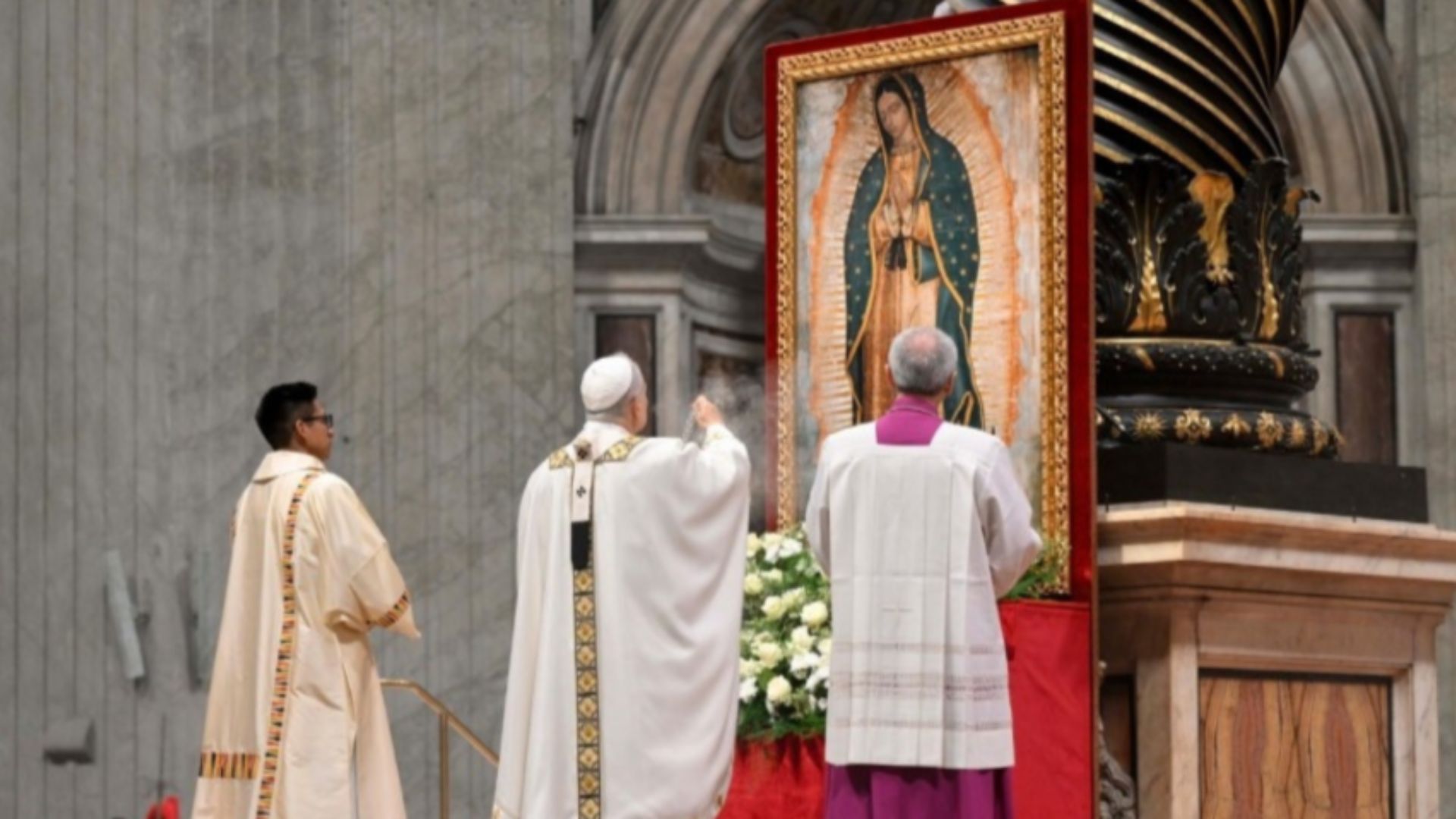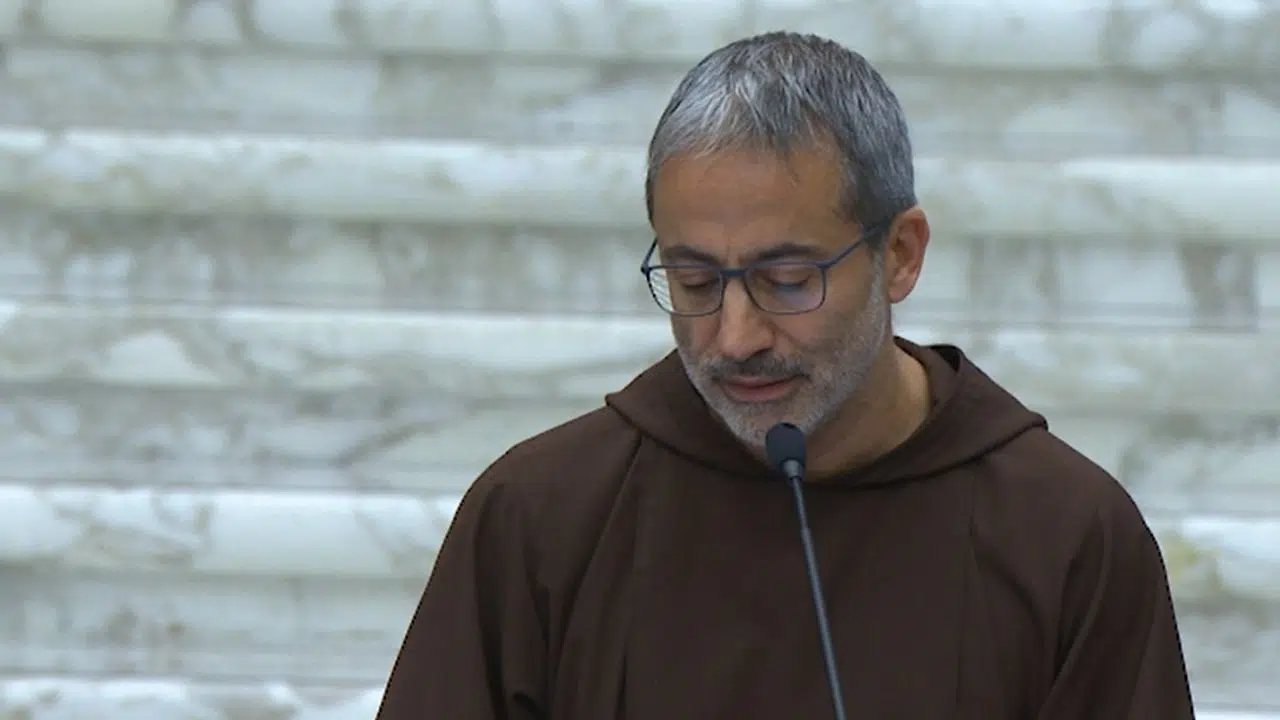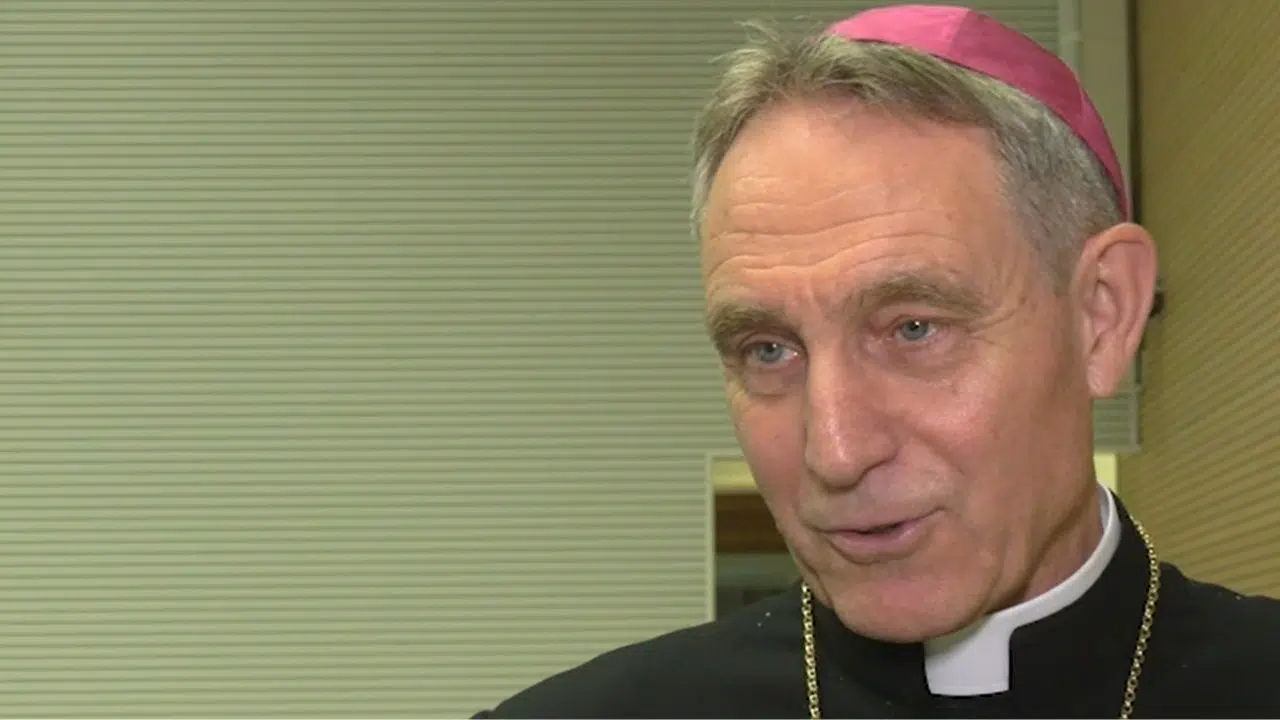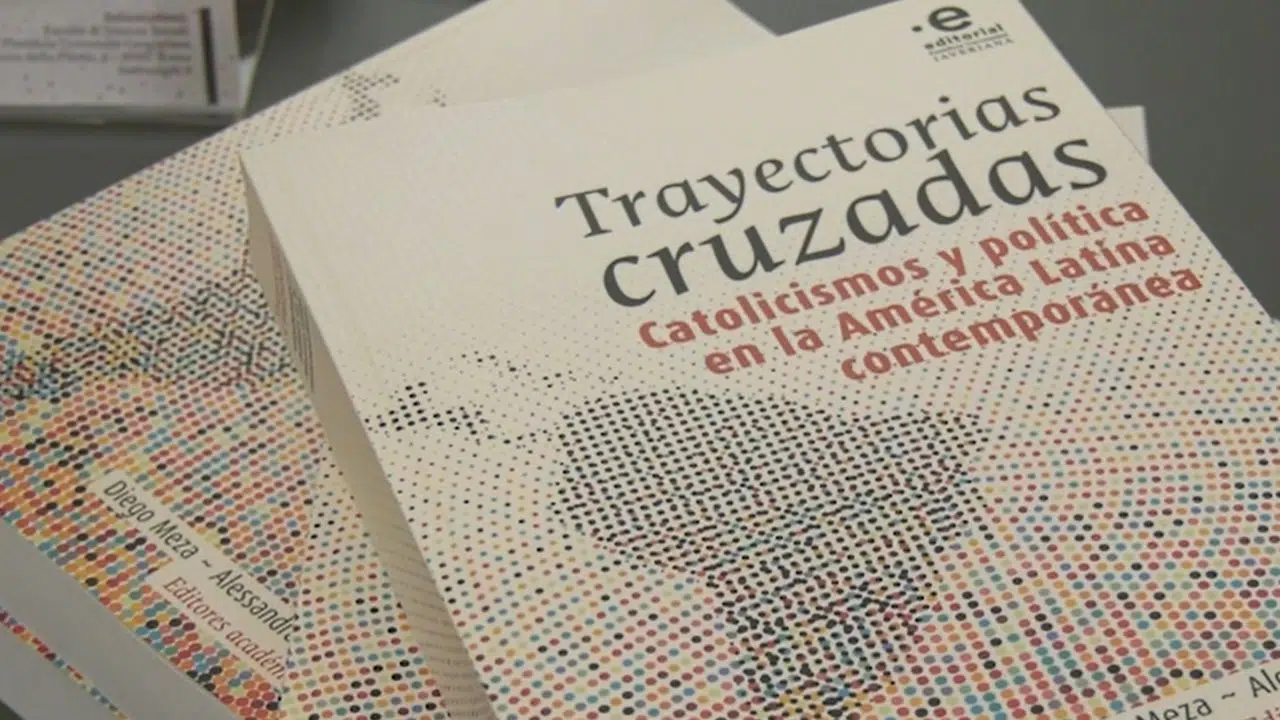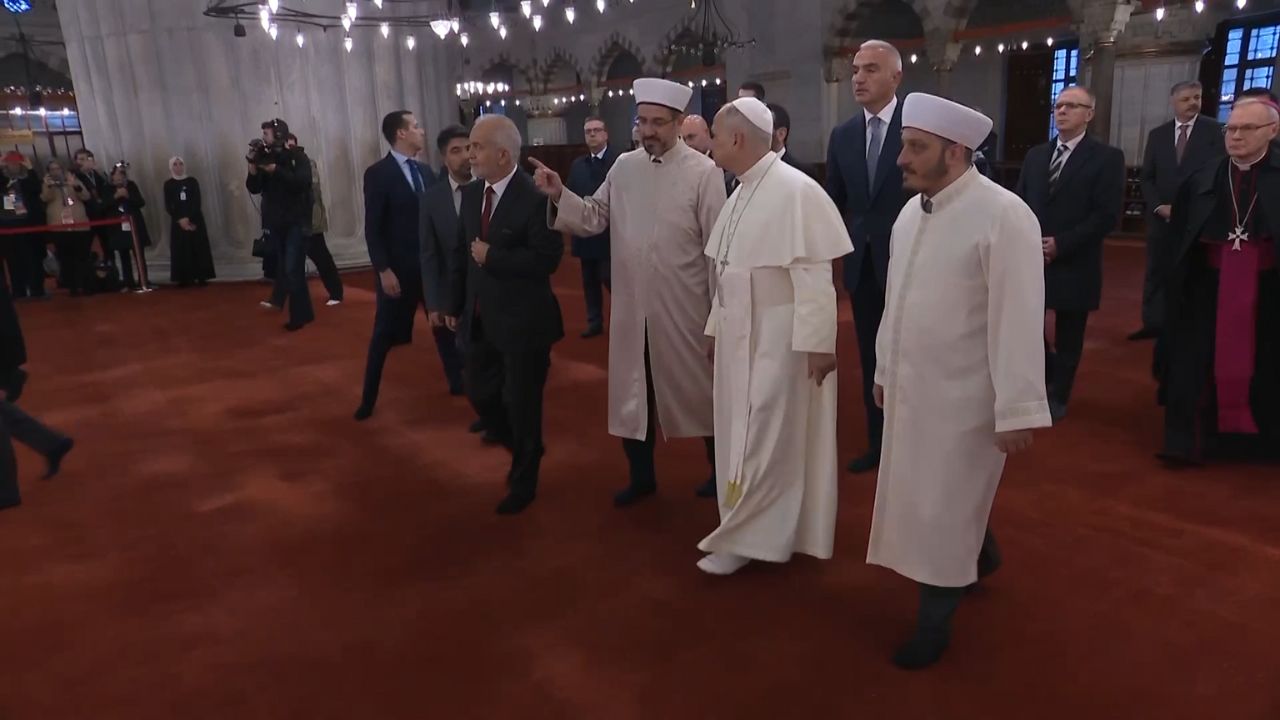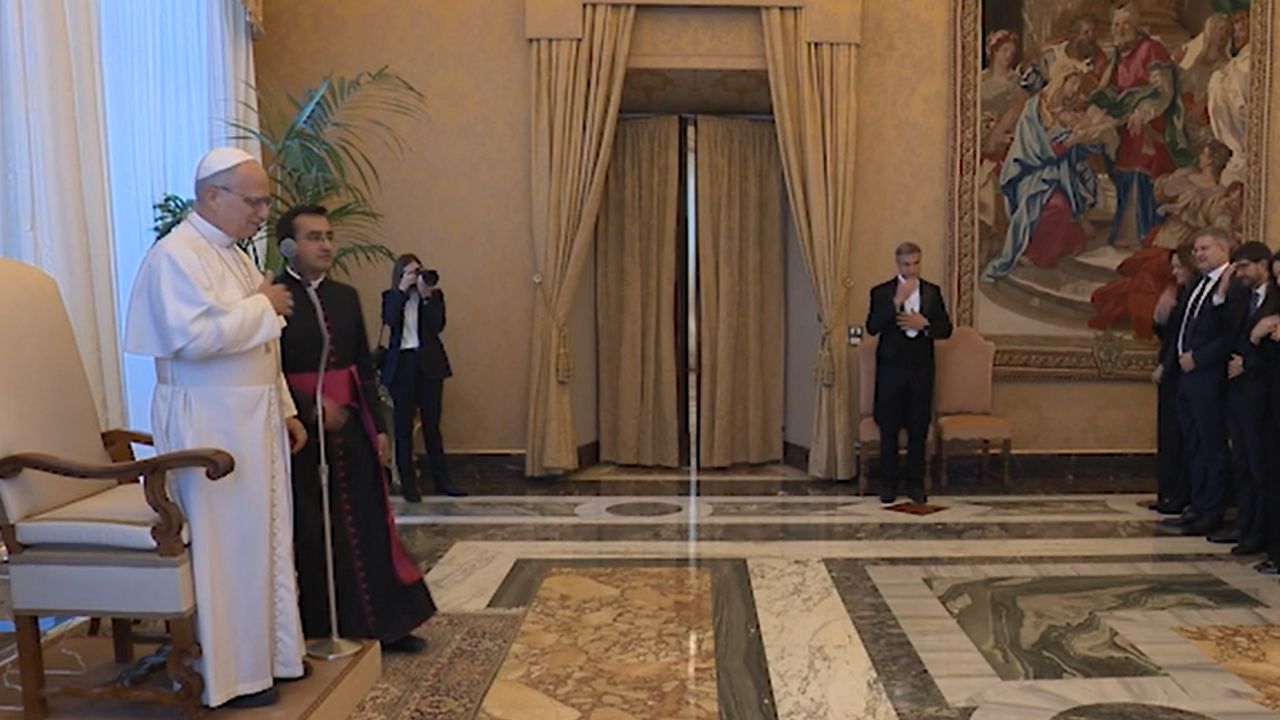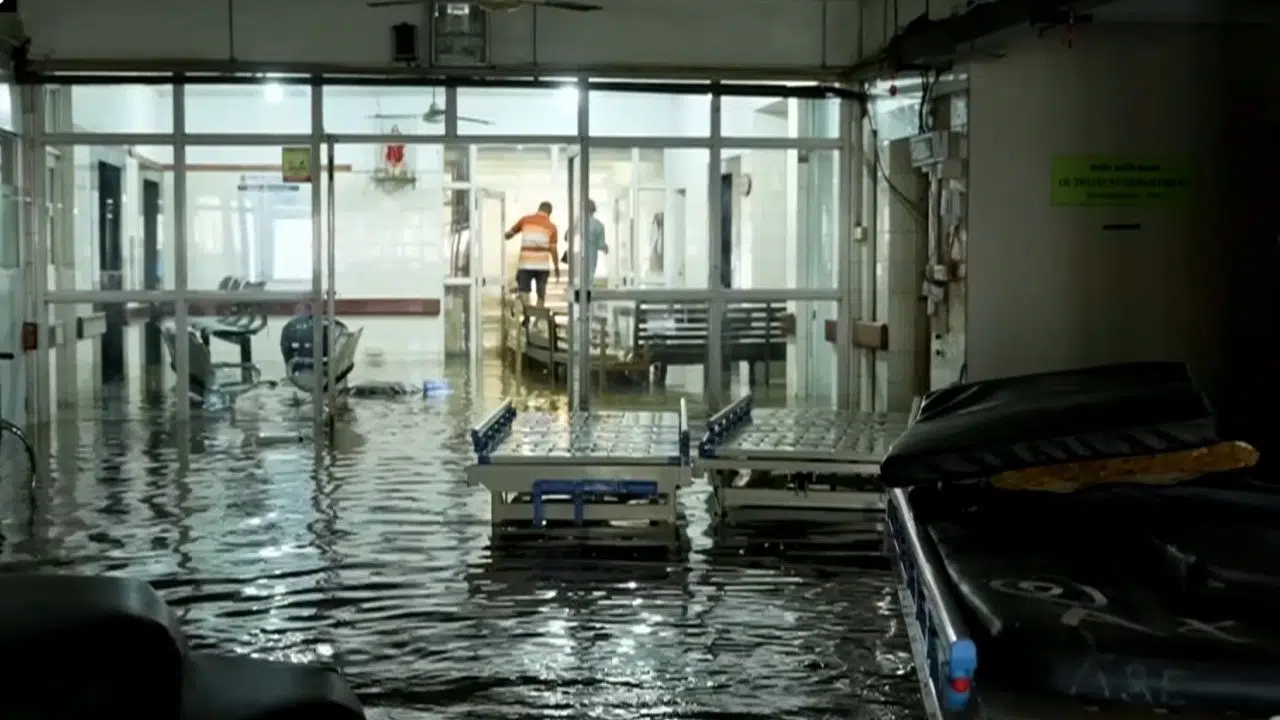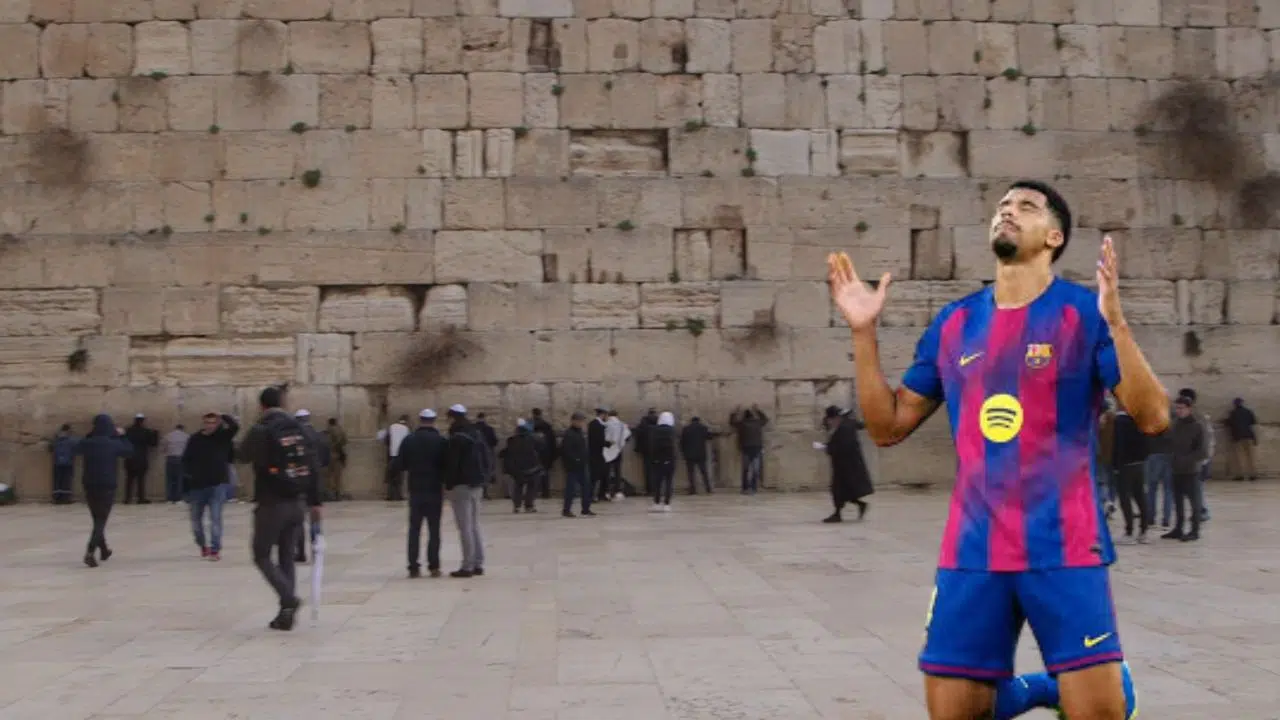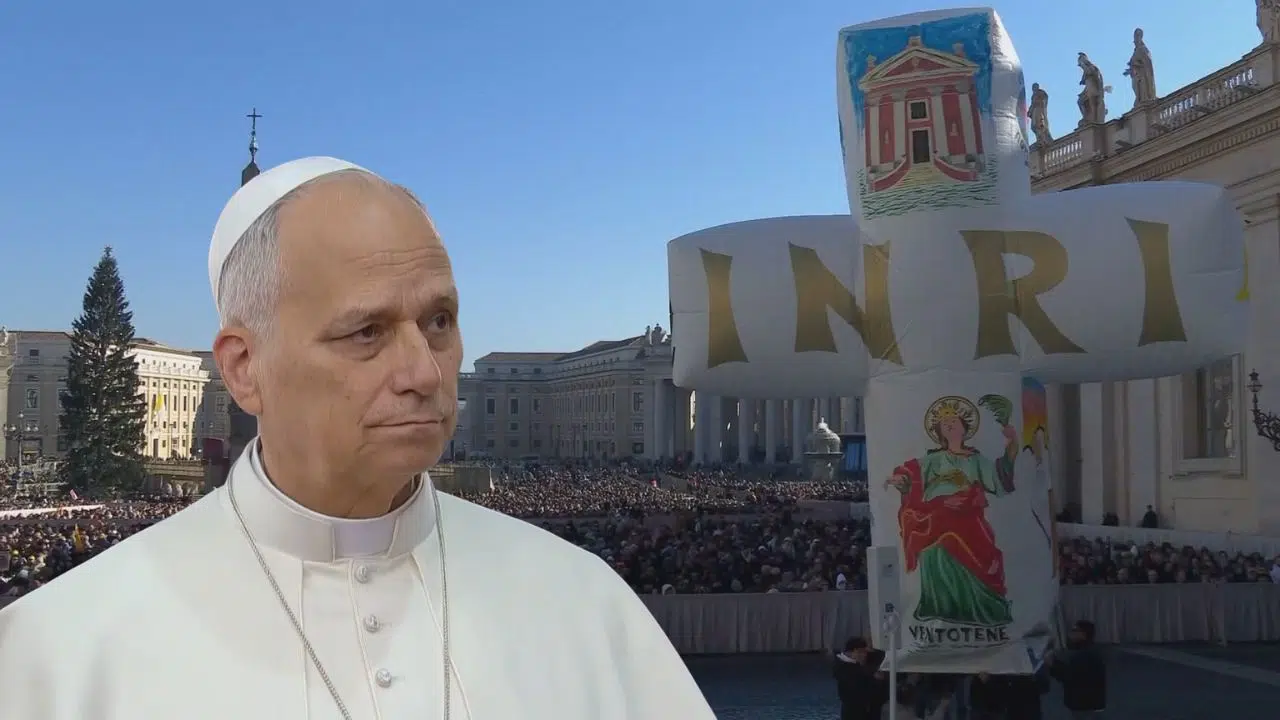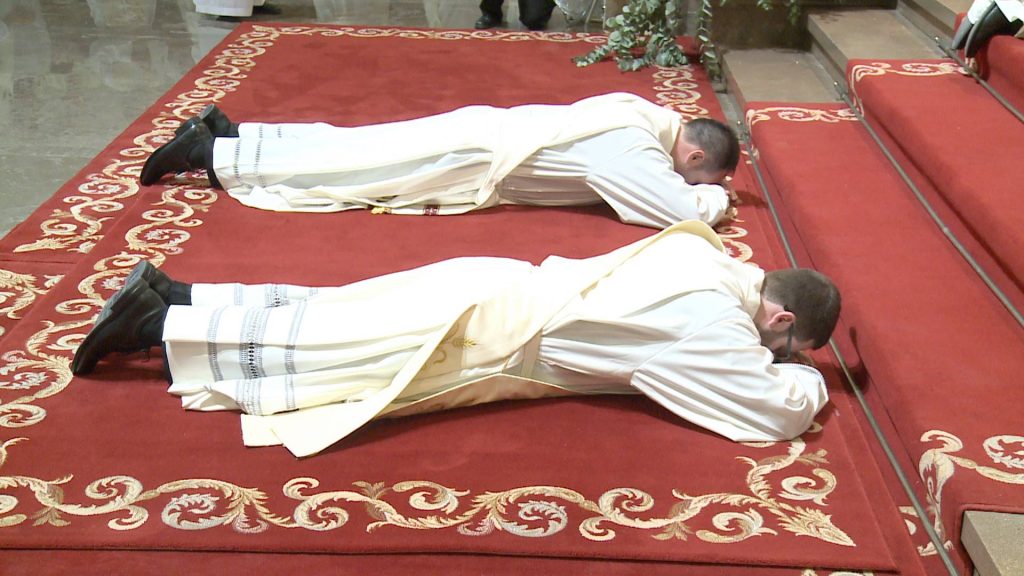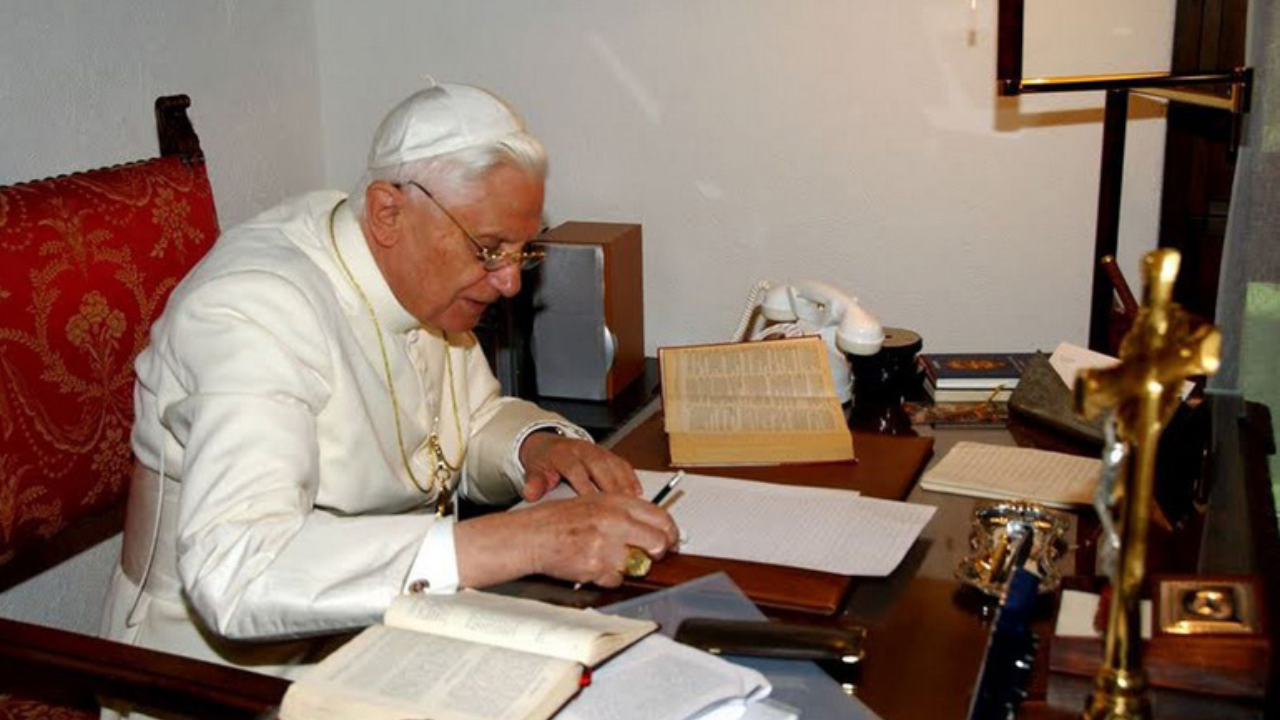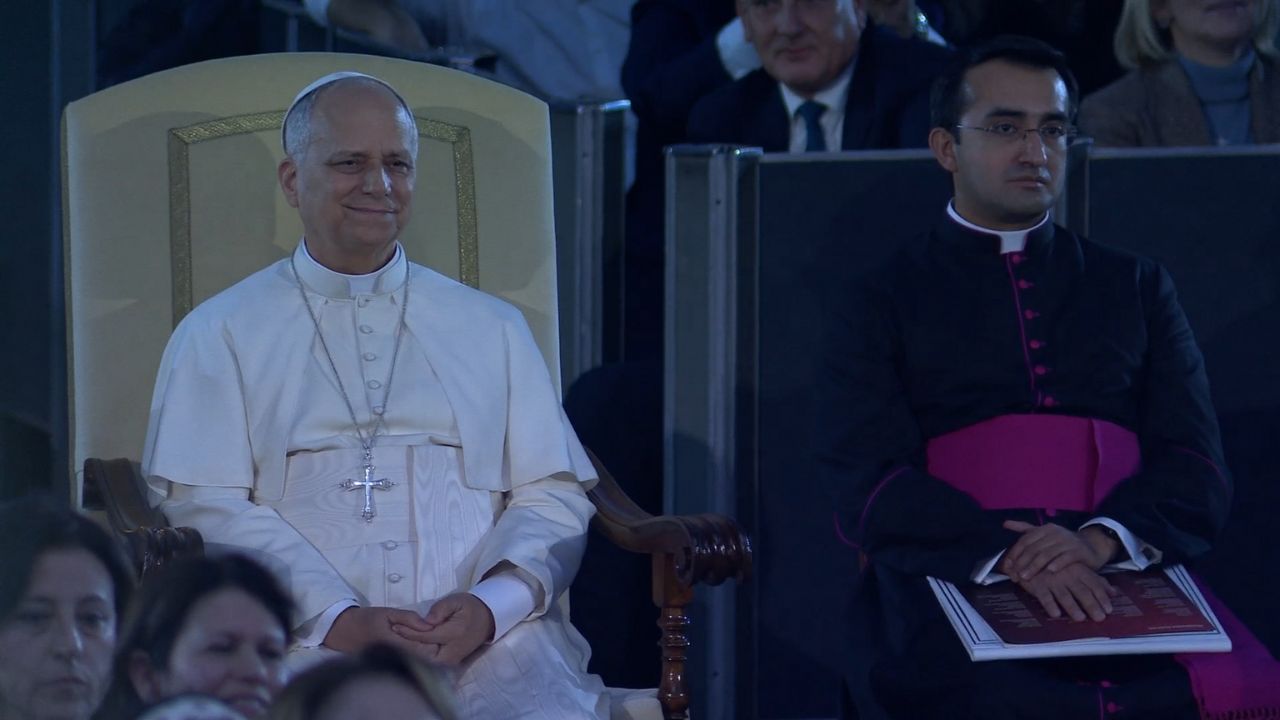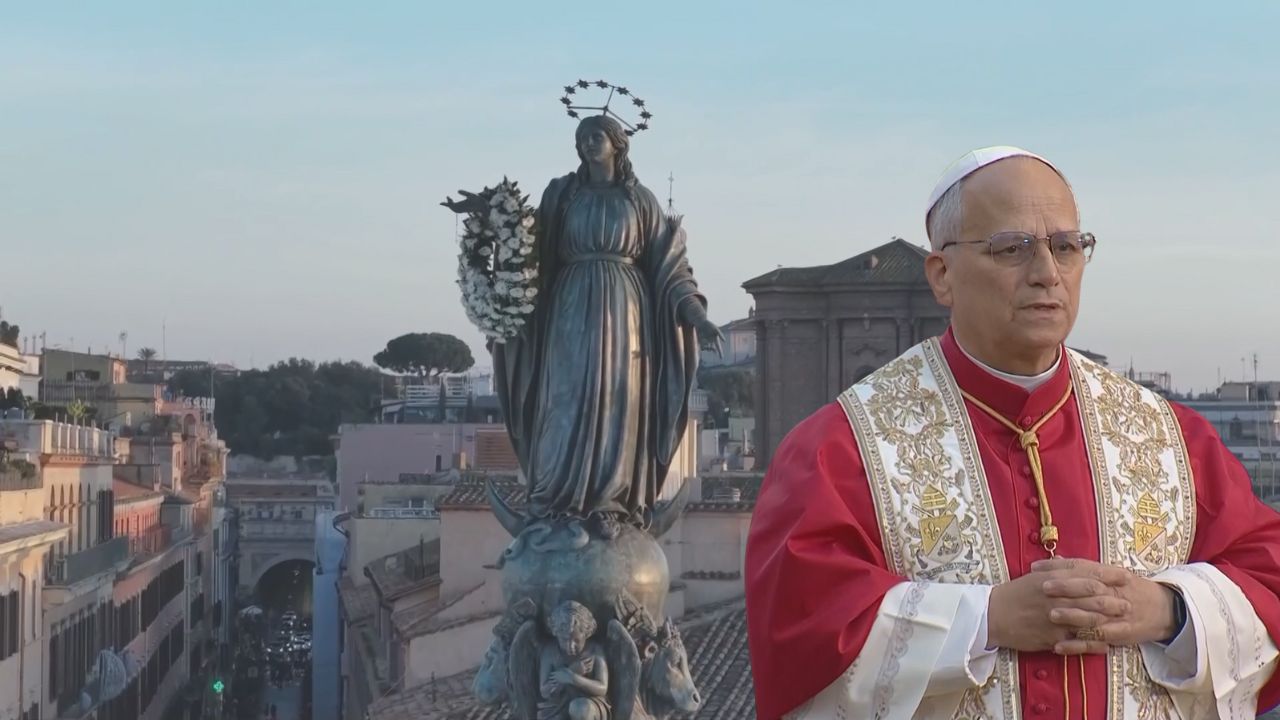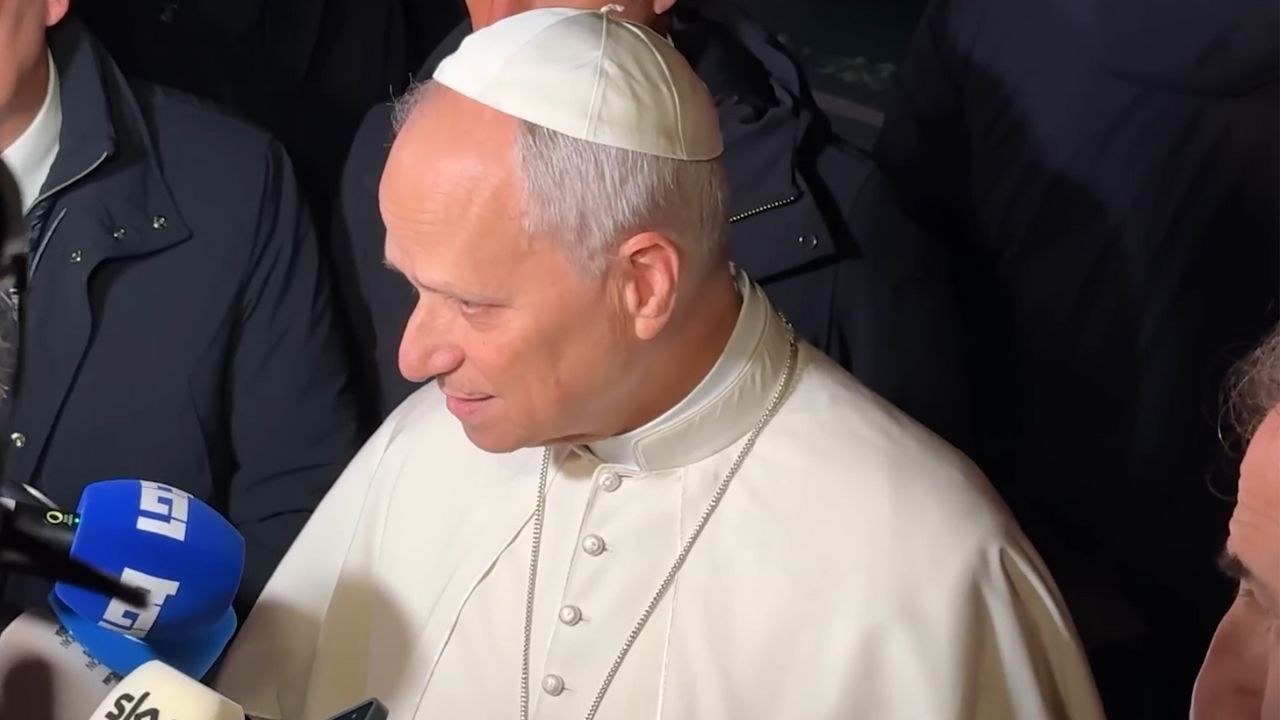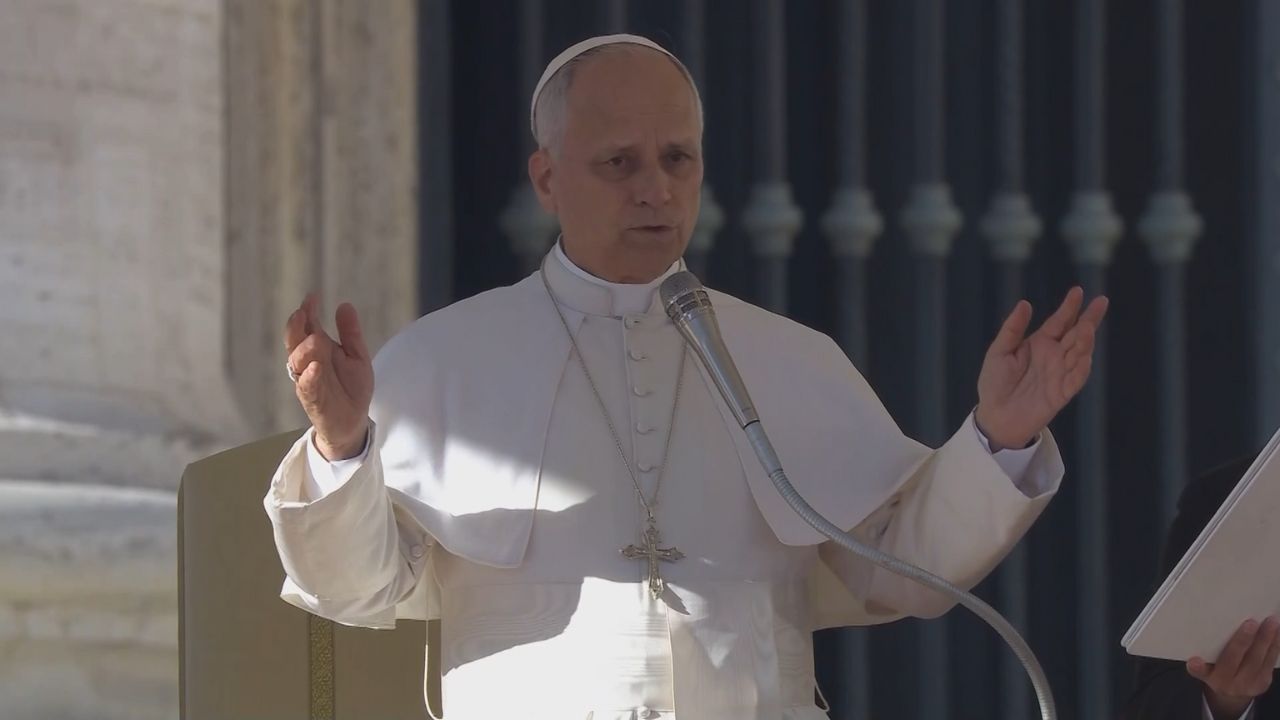This was what the Vatican news portal looked like when entering - for example, here is the liturgical calendar. Notice the images accompanying the text.
They are illustrations of mosaics by Marco Rupnik, the former Jesuit accused of sexual abuse and whose canonical process is still open in the Congregation for the Doctrine of the Faith, where the preliminary phase has already concluded.
So now, if you return to the website where those illustrations were, you will no longer see them. The Vatican has removed them, although the reason for this decision has not been made public.
Since the Rupnik case broke, whether the artistic work should be separated from the artist has been debated. The head of the Holy See’s anti-abuse commission, Cardinal O’Malley, requested that the artist’s works no longer be exhibited out of sensitivity to the victims.
For his part, the prefect of the Dicastery for Communication, Paolo Ruffini, had suggested waiting until the trial concludes before making a decision on the matter.
At the first press conference given by the victims in February 2024, they were asked about this exact issue, and this was their response.
GLORIA BRANCINI
Facing a work by Rupnik, deciding what will happen with his mosaics, of course, that is not up to me. It corresponds to the commissions that have been created and that are requesting testimonies on the matter.
No details regarding the investigation have been given so far. Nor has the Holy See adopted a clear and official stance that can be directly applied to all the places that have Rupnik’s works.
Therefore, each sanctuary, church, and even institution is making its own decision about what to do symbolically.
For example, the Knights of Columbus were among the first to take a position. Last year, they decided to cover the mosaics in a sanctuary in Washington and another in Connecticut.
They were followed by Lourdes, which in April made the same decision to cover the mosaics. This was a further step, since in 2024 they had already stopped lighting them during processions.
The Jesuits have also spoken out about the situation of their former member, and regarding what to do with his artworks, the Superior General of the Society was clear.
ARTURO SOSA, Superior General of the Jesuits
It seems to me that what the bishop of Lourdes did is the path that I would recommend. He went through a long process of discernment with the people, with the local community, with the victims, to reach a decision that was not his own opinion, but the opinion that emerged from a long process.
As for Rupnik, little else is known. He has not made any statements; and he didn’t even want to appeal the expulsion when he was dismissed from the Society of Jesus for breaking the vow of obedience.
CA
Trans. CRT
